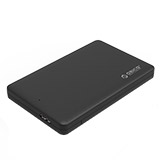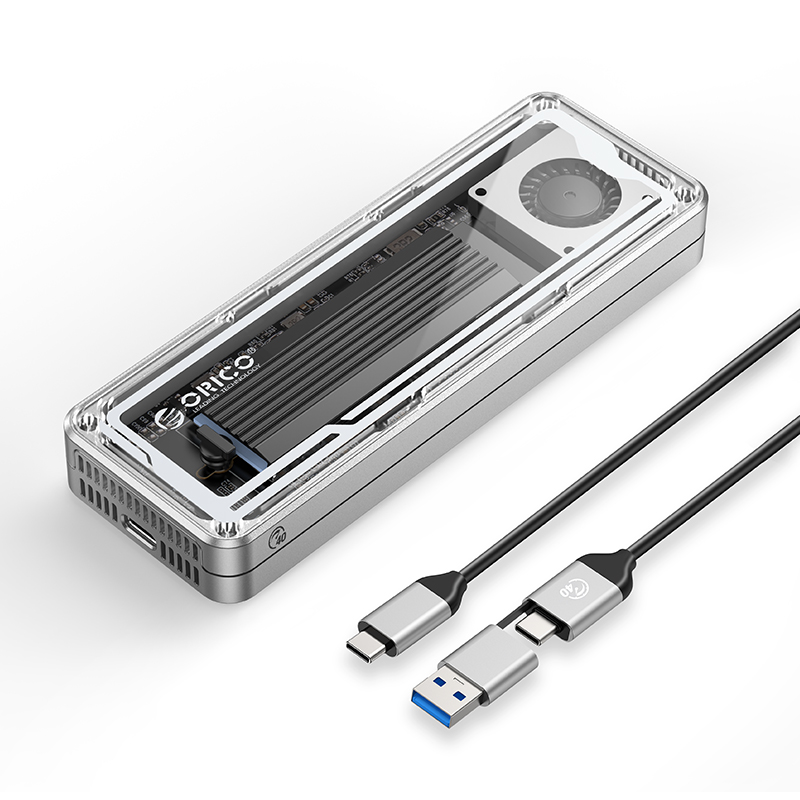What are SSD and HDD and What Are Their Differences?
Posted on Nov 10, 2021
SSD is the short form of a solid-state drive and HDD is a mechanical hard drive. SSD doesn’t have the motion structure that of the HDD, has a faster reading and writing speed, and is lower than the HDD in terms of price and capacity. In addition, it also has the advantages of low power consumption, good shock and drop resistance, and low heat generation. The following is a detailed comparison between them.

1. SSD is the short-term solid-state drive and HDD is a mechanical hard disk. The biggest difference between the two is that the SSD is composed of multiple flash memory particles and the main control chip, and there is no movement structure design, while the HDD is composed of disk and read-write head;
2. SSD has a fast reading and writing speed with flash memory as the storage medium, the reading speed is faster than that of HDD. The solid-state hard disk does not use the magnetic head and the seek time is almost 0 with a higher continuous writing speed.
3. SSD has a good shock and drop resistance: traditional hard drives are all disk-type, and data is stored in disk sectors. The SSD is made of flash memory particles, namely, storage media such as mp3, U disk, etc, so there are no mechanical parts inside the SSD - It will not affect the normal operation even if it is moved at high speed or even when it is tilted, and can minimize the possibility of data loss in the event of collisions and shocks. Compared with traditional hard drives, solid-state drives have an absolute advantage;
4. Low power consumption of solid-state drives: The power consumption of SSD is lower than that of HDD and SSD is noise-free. SSD has no mechanical motors and fans, and the noise value is 0 decibels during operation. Flash-based SSD has low energy consumption and heat generation under working conditions (but high-end or large-capacity products will consume more energy). There are no mechanical moving parts inside, nor there will be mechanical failure or fear of collision, impact, or vibration. Because the SSD uses flash memory chips without mechanical parts, it has the characteristics of low heat generation and fast heat dissipation.













 Store
Store








.jpg)
.jpg)

